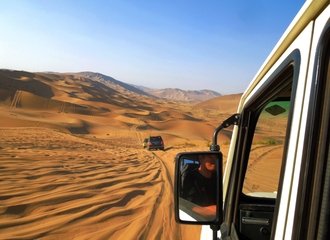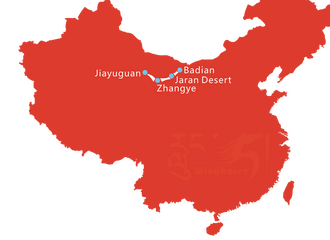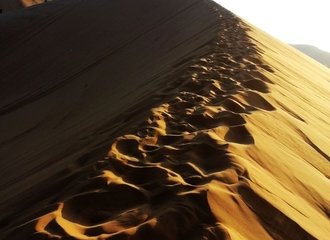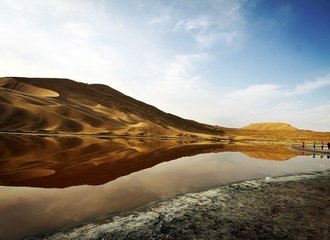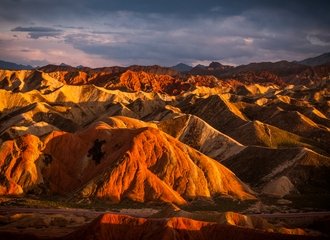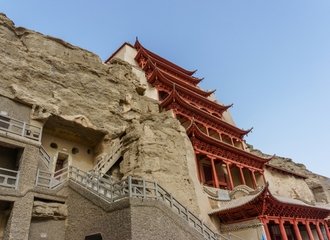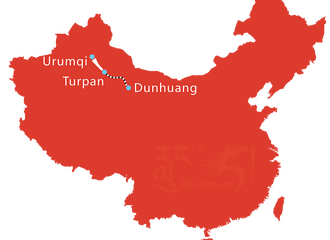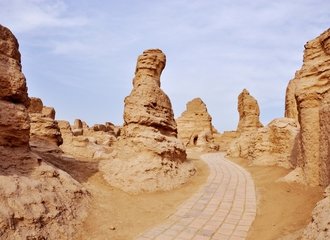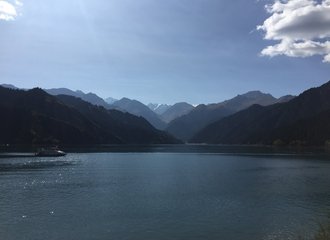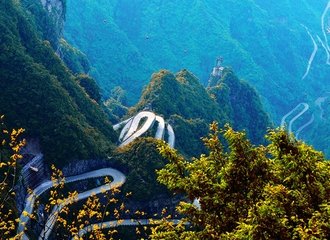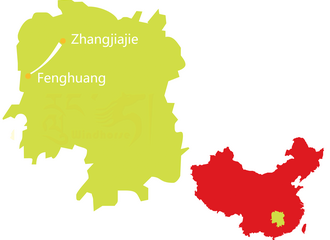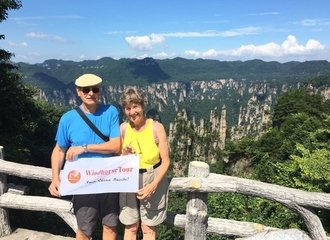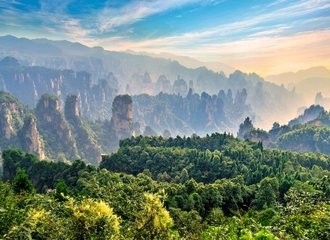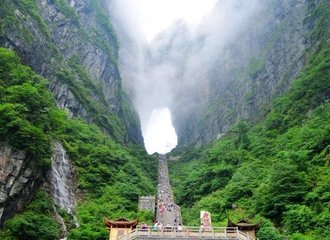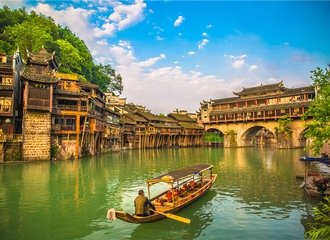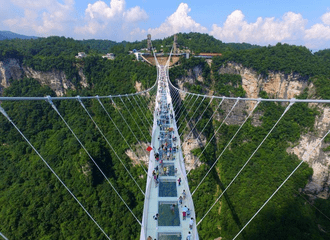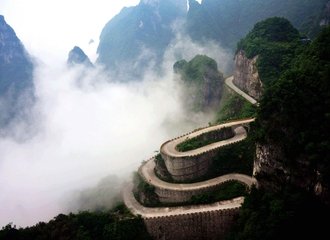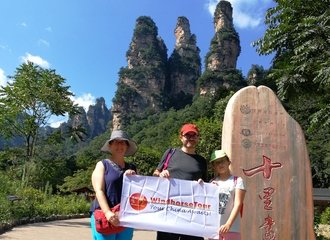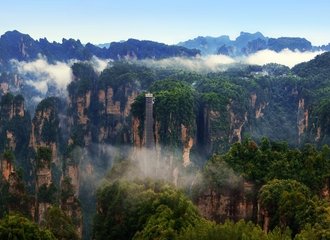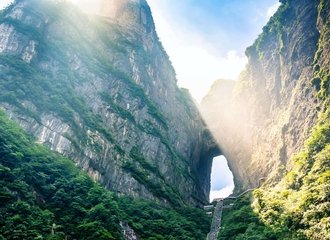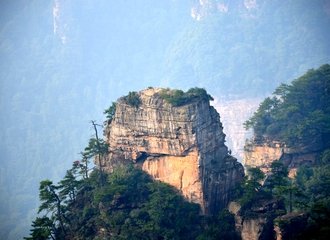Drepung Monastery - Lhasa and Around
Quick facts about Drepung Monastery in Lhasa
Location: Drepung Monastery is situated on the Gambo Utse mountain, approximately 5 kilometers west of Lhasa.
Founding Year: It was founded in 1416 by Jamyang Chojey, a disciple of Tsongkhapa, the founder of the Gelugpa school of Tibetan Buddhism.
Historical Significance: Drepung Monastery was once the largest monastery in the world, housing up to 10,000 monks at its peak.
Name Meaning: "Drepung" translates to "Rice Heap" in Tibetan, symbolizing the wealth and prosperity of the monastery.
Role: It served as the principal seat of the Gelugpa school before the establishment of the Potala Palace.
Educational Importance: The monastery is renowned for its high standards of academic study and was considered a major center for Buddhist learning.
Main Buildings: The complex includes four main colleges - Gomang, Loseling, Deyang, and Ngagpa. Each college specializes in different areas of Buddhist learning.
Architecture: The architecture of Drepung Monastery is notable for its grand scale and intricate design, featuring large assembly halls, numerous chapels, and vast libraries.
Cultural Heritage: Drepung Monastery holds a vast collection of Buddhist scriptures, artifacts, and art, reflecting its rich cultural heritage.
Overview of Drepung Monastery
Drepung Monastery (admission: CN¥60), is located at the foot of Mountain Gambo Utse, about 8 km. (4.97 mi.) west of central Lhasa. The huge numbers of white monastic buildings in Drepung Monastery that piled up on the hillside seem like a heap of rice from afar, so it gains the name ‘Drepung’ which literally means ‘rice heap’ in the Tibetan language.
Drepung Monastery is one of the great three Gelugpa Sect university monasteries of Tibet (the others are Ganden Monastery and Sera Monastery), holding an important position in the history of Tibetan Buddhism, used to be the largest and most powerful monastery in Tibet. If you are planning Tibet hiking tours, Drepung Monastery is an attraction you should not miss.
History of Drepung Monastery
Drepung Monastery is the largest among the three Gelugpa Sect monasteries. It was originally founded in 1416 by a charismatic monk and disciple of Tsongkhapa called Jamyang Choje. Within just a year of construction, the monastery had attracted more than 2,000 monks.
In 1530, the second Dalai Lama established the Ganden Palace and the monastery became the residence of Dalai Lamas until the fifth moved to Potala. It was from here that the early Dalai Lamas exercised their political as well as religious control over central Tibet.
Sightseeing at Drepung Monastery
Generally, the sightseeing at Drepung Monastery takes about 2-3 hours. Normally, we always recommend our clients to visit the chapels in the morning as many of them close at 2 pm. However, at the northeast corner of the monastery, there is a debating courtyard, if you're here in the afternoon and lucky enough, you will witness the monk-debating tradition of Tibetan Buddhism with lots of shouting, hand slapping, and gesticulation between 02:30 pm and 04:20 pm.
The building complex of Drepung Monastery is organized to be centered on two magnificent white pagodas, and many natural caves were rebuilt to serve as ashrams for monks. Ganden Palace, Main Assembly Hall, four tratsangs, and kamsons are the sights that should not to be missed while visiting the monastery.
The Ganden Palace is located in the southwest corner of the monastery, it was built around the year 1530 by the second Dalai Lama Gendun Gyaco and later became the dwelling place for the second, third, fourth, and fifth Dalai Lamas. After the fifth Dalai Lama moved to the Potala Palace, it was used to serve as the meeting place for the local regime for both politics and religion.
The Main Assembly Hall (also spelled Coqen Hall or Tsogchen) is the principal structure in Drepung Monastery. The huge interior is very atmospheric, draped with thangkas and supported by over 180 columns, some of which are adorned with ancient armor. The second story of the hall houses a collection of sutras including a set of Gangyur Tripitaka written in gold powder and woodcarving sutras of the Qing Dynasty. Climbing to the third floor you will witness a sacred shrine which is worshiped with huge bronze statues of Qamba Buddha.
Same with other monasteries in Tibet, Drepung Monasteries also has four trasangs (colleges) for its monks to study Buddhist classics. The Loseling, Gomang, and Deyang tratsangs focus on Esoteric Buddhism, while the Ngaba tratsang on Exotic Buddhism.
Some travelers, after the sightseeing at Drepung monastery, will continue walking about 10 minutes downhill to Nechung Monastery and spend about 30 minutes there. The sightseeing at Nechung Monastery is worthy of its historical role as the seat of the Tibetan State Oracle until 1959, it is also a place associated with possession, exorcism, and other pre-Buddhist rituals.

Drepung Shoton Festival
For travelers, desiring to discover more than just the significant landscape and historical attractions of the roof of the world, it is highly recommended to schedule a trip to Lhasa during the Shoton Festival, also called Yogurt Festival, considered a showcase of rooted tradition, appealing culture and great piety of the Tibetan people. It is the largest and one of the most important festivals for Tibetans.
A huge Thangka painting bearing the image of a grand Buddha is unveiled on the hillsides near Drepung monastery, every early morning of the 30th of the 6th month in the Tibetan lunar calendar, usually August in the Gregorian calendar, remarks the beginning of this festival, and the festival will last one week. Except for the display of the grand Buddha in Drepung and Sera Monasteries, Tibetan opera performance, horse racing show, picnic in Norbulingka Summer Palace, and activities like trekking will be held to celebrate this big event. It draws thousands of Tibetans and global travelers, making it crowded while sightseeing at Drepung Monastery, Sera Monastery, and Norbulingka Palace.
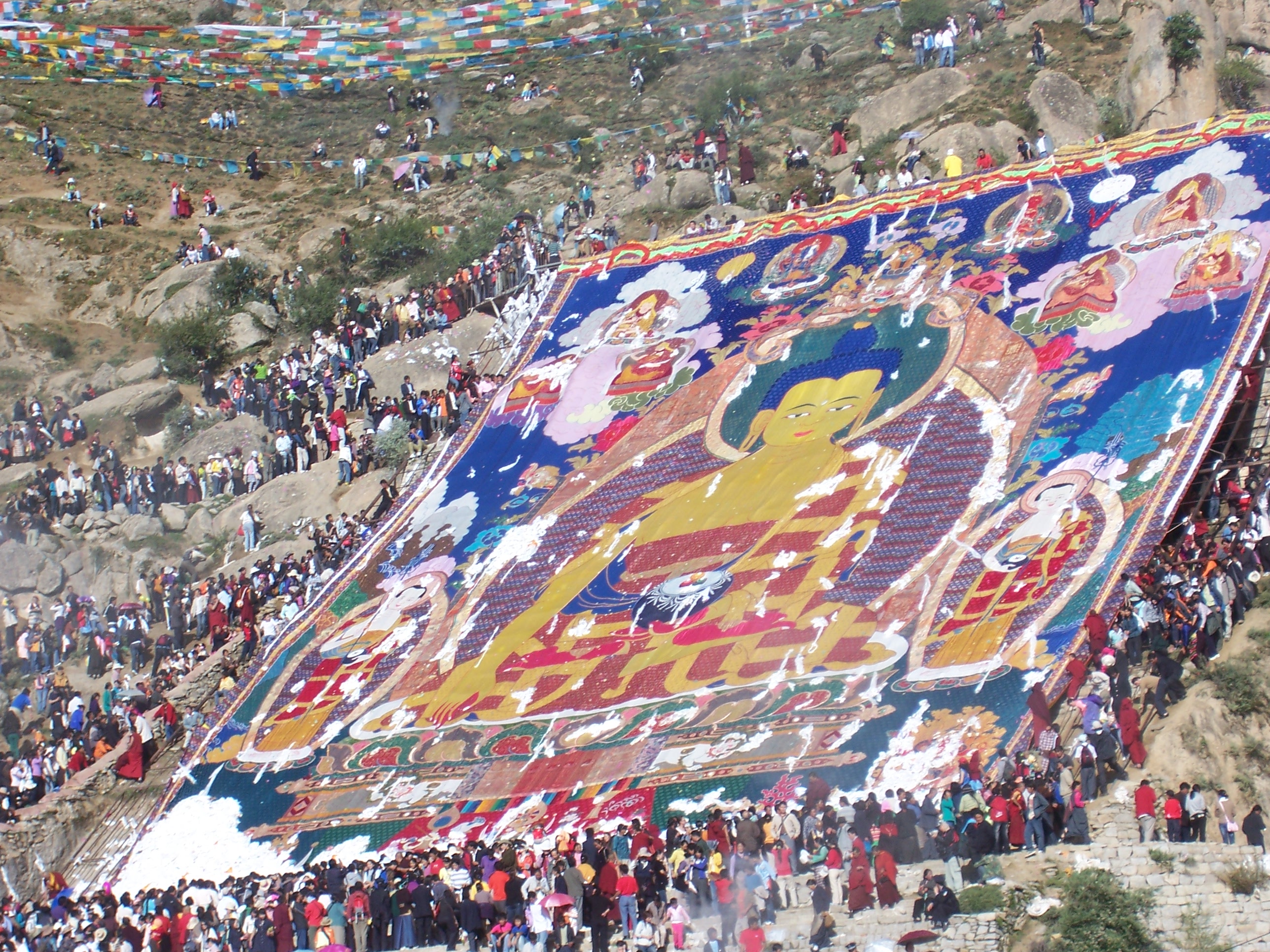
Travel tips for visiting Drepung Monastery
-
Timing Your Visit
- Best Time: The best time to visit is between May and October when the weather is mild. Avoid the rainy season in July and August.
- Early Morning: Arrive early in the morning to avoid crowds and to experience the morning prayers.
-
Dress Appropriately
- Modest Clothing: Wear modest, respectful clothing. Long sleeves and pants are advisable.
- Comfortable Shoes: The monastery complex is extensive and involves a lot of walking and climbing. Wear comfortable shoes.
-
Photography
- Permission: Always ask for permission before taking photographs, especially inside temples and of monks.
- No Flash: Avoid using flash photography as it can damage ancient artworks and disturb the monastic environment.
-
Respect Monastic Life
- Quietness: Maintain a respectful silence, especially during prayer times.
- Interaction: Be respectful when interacting with monks and other worshippers. Avoid pointing your feet at statues or monks.
-
Entrance Fees
- Tickets: Purchase your entrance tickets at the main gate. Keep them handy as you may need to show them at various checkpoints.
-
Exploring the Complex
- Map: Get a map of the monastery complex to help navigate its vast grounds and numerous halls and colleges.
- Highlights: Don’t miss the Assembly Hall, the Ganden Potrang (the former residence of the Dalai Lamas), and the main colleges.
-
Cultural Etiquette
- Prostration Practices: You might see pilgrims performing prostrations. Be respectful and give them space.
- Offerings: If you wish to make an offering, use small notes or butter lamps. Avoid giving coins.
-
Health and Safety
- Sun Protection: The high altitude means stronger UV rays. Wear sunscreen, sunglasses, and a hat.
- Emergency Contact: Keep emergency contact numbers handy and know the location of the nearest medical facilities.
-
Local Customs:
- Bargaining: Bargaining is common in local markets. Be polite and respectful while negotiating prices.

